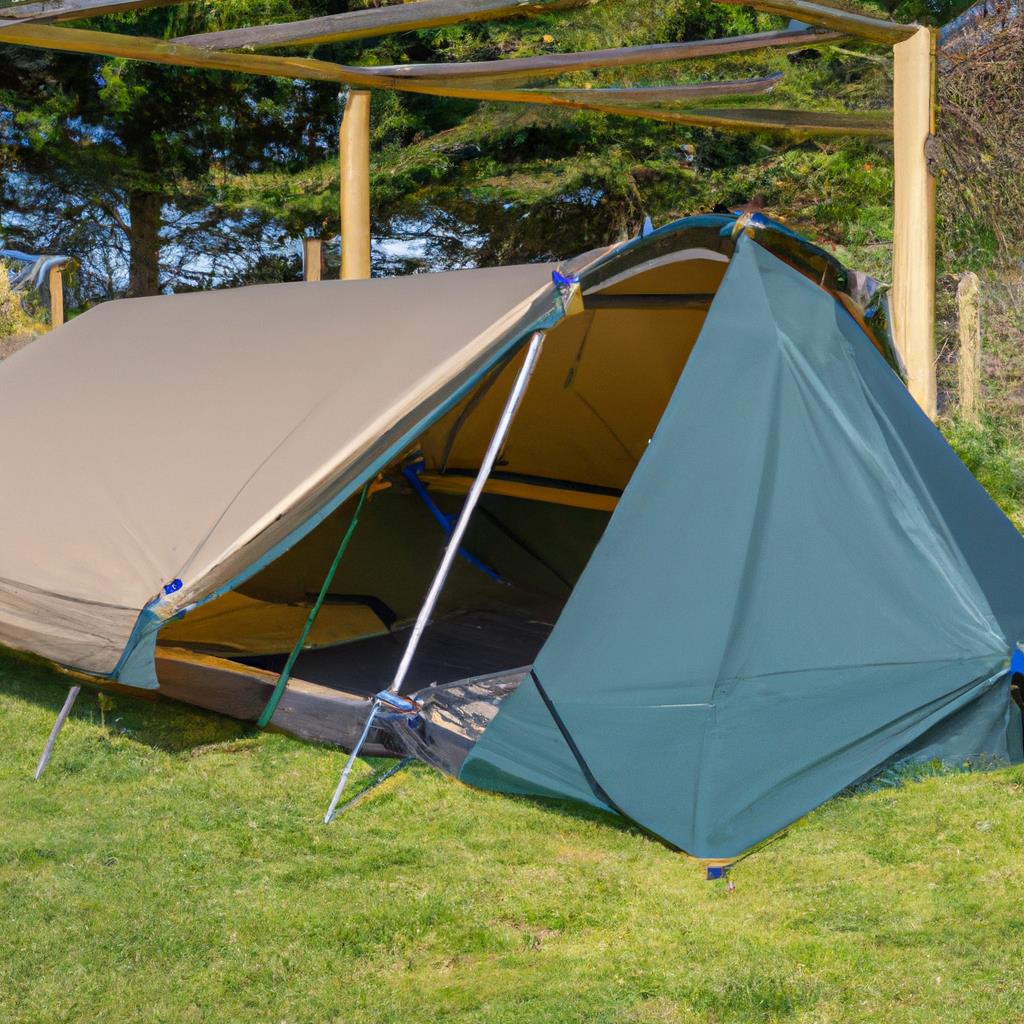Camping is an activity enjoyed by many people who want to reconnect with nature and escape the hustle and bustle of everyday life. However, the impact of humans on the environment cannot be ignored, especially when it comes to creating and maintaining a campsite. To ensure that we can continue to enjoy camping for generations to come, it is essential to implement sustainable practices when setting up and maintaining campsites.
One key aspect of creating a sustainable campsite is proper location selection. When choosing a spot for your tenting and camping site, it is important to consider the environmental impact of your presence. Avoid setting up camp in sensitive areas such as wetlands, meadows, or near water sources. Instead, choose a location that has already been impacted by human activity, such as a pre-existing campsite or a designated camping area. By doing so, you can minimize your impact on the environment and help protect fragile ecosystems.
Once you have selected a suitable location for your campsite, it is important to practice leave-no-trace camping. This means taking everything you bring with you back home, including trash, food scraps, and other waste. Proper waste disposal is crucial for maintaining the cleanliness and integrity of the campsite. Be sure to bring trash bags with you and dispose of your waste in designated receptacles or take it with you when you leave.
In addition to proper waste disposal, maintaining a sustainable campsite also involves using eco-friendly camping gear. Choose gear that is durable, lightweight, and made from sustainable materials. Avoid disposable items whenever possible and opt for reusable alternatives. For example, bring a refillable water bottle instead of plastic water bottles, and use a reusable utensil set instead of disposable cutlery.
Another important aspect of sustainable camping is practicing fire safety. Before lighting a campfire, check with local authorities to ensure that fires are permitted in the area. Use designated fire pits and keep the fire small and controlled. Always fully extinguish the fire before leaving the campsite and never leave it unattended. By following these guidelines, you can prevent wildfires and minimize the risk of damage to the surrounding environment.
Proper maintenance practices are also essential for creating a sustainable campsite. Regularly inspect the campsite for any signs of damage or erosion and address any issues promptly. Repair any holes in the ground, broken branches, or other damage caused by human activity. By maintaining the campsite properly, you can help preserve its natural beauty and prevent further degradation of the environment.
Furthermore, it is important to respect wildlife and natural habitats when camping. Avoid feeding wildlife or approaching animals too closely, as this can disrupt their natural behavior and habitat. Keep food stored securely to prevent attracting animals to the campsite. Be aware of any endangered species in the area and do your part to help protect them by following guidelines and regulations set by local authorities.
Overall, creating a sustainable campsite with proper maintenance practices is essential for preserving the environment and ensuring that future generations can enjoy the beauty of nature. By following the guidelines outlined above, you can minimize your impact on the environment and help protect fragile ecosystems. Remember that we all have a responsibility to safeguard the natural world, and by practicing sustainable camping, we can do our part to preserve it for the future.


leave a comment